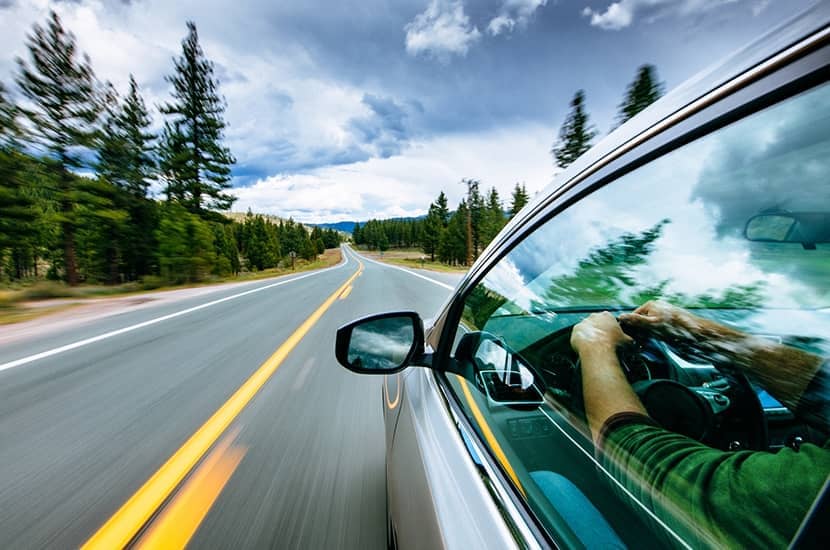A friend of mine recently visited a company in Europe which plans to manufacture human-carrying, pilotless drones. These would be capable of carrying a single passenger above the traffic at speeds of around 70 miles an hour.
‘What kind of onboard information would be conveyed to the passenger?’ he asked. Will they be told their airspeed, altitude or location… that kind of thing?’
Even today, 38 years after I passed my driving test, few things give me as much joy as a well-executed parallel park
‘Nothing whatsoever,’ he was told. ‘There is no need. The entire journey is pre-programmed, and there is no need for the passenger to know what is going on, since they are powerless to intervene.’
Now imagine this for a moment. It’s pitch dark, you have no idea where you are other than that it is a few thousand feet in the air, and the pitch of the engines drops unexpectedly. Do you think, ‘Oh, I expect the on board software is feathering the props before initiating the final approach sequence’? I suspect a more likely reaction is: ‘I’m going to die.’ This is why I recommend the company thinks seriously about installing some in-flight information systems or, failing that, considers changing the upholstery to brown.
But as we talked some more, we came up with a better idea. If the onboard software can keep everything within safe limits, why not let the passengers pilot the drone themselves? Or at least give them the happy illusion that they are in control?
Those of you who remember the 1970s may recall that before the advent of child seats, mandatory safety belts and other namby-pamby legislation, you could buy toy steering wheels to fix to the back of the driver’s seat in your car. The idea was to calm frustrated children with the happy illusion that they were driving the car themselves. My parents were too stingy to buy me one but to the five-year-old me they looked great. All the more so since my father owned a Renault 4 and there would have been little noticeable difference between the responsiveness of the toy wheel and the experience of driving the car itself.
This is precisely the psychological approach I would recommend for pilotless drones. Obviously the passenger would not be in complete control of the aircraft: it would not allow them to buzz-bomb their colleagues in the office, fly through Tower Bridge or do a low pass over Waterloo Station hurling excrement at commuters. But within an acceptable and safe envelope of behaviour, and along a constrained corridor of travel, why not give the passenger the pleasure of controlling the craft?
One thing the nerds of Silicon Valley often miss is that outside Palo Alto, people love driving things. Recent research into human happiness discovered that humans are often at their most content when driving. It is a kind of flow state, where we feel a sort of effortless mastery. This isn’t confined to cars. Diggerland is an inspired business where people pay to operate hydraulic equipment. Software companies sell flight simulators and even train simulators. During a transport strike, I once remarked that it was insane that we pay wages to Tube drivers, since 50 per cent of Londoners would happily pay to drive a Tube train or a Routemaster for a couple of weeks (apparently there are health and safety problems with this approach). Even today, 38 years after I passed my driving test, few things give me as much joy as a well-executed parallel park.
So this is my great issue with the idea of driverless cars. It’s a bit like developing a giant sex robot to make love to your spouse. While it certainly poses an interesting intellectual challenge, and would have a kind of novelty value to begin with, ultimately you are using technology to perform a job you’d rather be doing yourself.







Comments